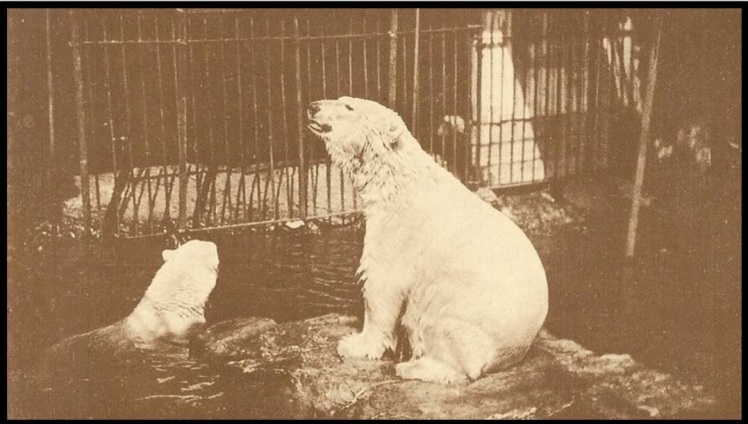
“…the proprietors of the Manx glens wax fat and flourish, and the trippers care not at all. Each has what he wants… the one filthy lucre, the other a chance to spend money freely, without the trouble of going far to find a place to stroll about in.”
Agnes Herbert, The Isle of Man, 1909
Agnes Herbert was clearly not enthralled by what the proprietors of our islands glens had created. One such proprietor was Mr. Richard Maltby Broadbent. He created a glen at, what was then, the unspoilt area of Groudle. The potential of the new electric tram service from Douglas to Laxey, not lost on him, meant that Broadbent’s plan for a hotel and pleasure ground was opened in July 1893.
It is hard for us to imagine Groudle Glen as a major tourist attraction, advertised as the “Fern Land of Mona.” And yet, only a short tram ride away from Douglas, the “trippers” could pay their fee and enter the manufactured 15 acre idyll; the licensed hotel, the slot machines, the refreshment booths and holiday photographers amusing the visitors who came in their thousands.
 But the opening of the Headland Zoo in 1895, would witness Groudle’s darkest attraction. Located in a creek, north of Groudle beach, the venture began with two sea-lions from Bellevue Zoo in Manchester. They had been part of a group of twelve sea-lions transported from Californiawith only six surviving the journey.
But the opening of the Headland Zoo in 1895, would witness Groudle’s darkest attraction. Located in a creek, north of Groudle beach, the venture began with two sea-lions from Bellevue Zoo in Manchester. They had been part of a group of twelve sea-lions transported from Californiawith only six surviving the journey.
The cruelty continued; the sea lions were
 placed inside an enclosed cove, their pool and house appear to be bigger in zize compared to modern day zoos.
placed inside an enclosed cove, their pool and house appear to be bigger in zize compared to modern day zoos.
The crowds would find it entertaining to stand and view the animals from an iron trestle bridge that crossed the cove. And then of course there were the two polar bears; their cages and yard positioned behind the sea lions housed in cramped conditions that would be unacceptable to our island community today.
As time went on Brown Bears became a feature chained to poles with vistities aable to have their picture taken.
And yet, this did not concern our Victorian and
did not concern our Victorian and
Edwardian ancestors. After all, so successful was the zoo that on 23rd May 1896 a narrow gauge railway opened. Advertised as “The Smallest Railway in the World” it ran steam locomotives “Sea Lion” (1896) and “Polar Bear,” (1905) through the headland of the glen, carrying many a day tripper to the zoo at Sea Lion Rocks. Mr. Broadbent did very well indeed. Having established the glen as a major tourist attraction, he sold it in 1897 for £25,000. This was quite a profit when we consider that he bought the glen for £3,065 only a few years earlier.
Throughout World War I the zoo was closed; it finally closed for good during World War II. It was reported in a vague manner that the animals had been “released.”
The chilling remains of the zoo can still be seen. The bridge, no longer standing, is represented by the rusted railway tracks that served as the bridge supports; the brutal cement marking the enclosures for the polar bears; the bleak stillness conjuring up the cruelty suffered; the derelict area representative of our inability, in the 21st Century, to accept such conditions in the name of entertainment.
seen. The bridge, no longer standing, is represented by the rusted railway tracks that served as the bridge supports; the brutal cement marking the enclosures for the polar bears; the bleak stillness conjuring up the cruelty suffered; the derelict area representative of our inability, in the 21st Century, to accept such conditions in the name of entertainment.
The restored Victorian Railway still travels through the glen from Lhen Coan Station to the rebuilt station round the headland; today it serves as a visitor centre and a place where refreshments are available. Certainly the seasonal Santa and Easter Bunny trains have proved very popular with young families. But should you find yourself riding on one of the carriages pulled by engines “Sea Lion” or “Polar Bear”, spare a thought for the animals that lived and suffered at Sea Lion Rocks during Groudle’s dark past.